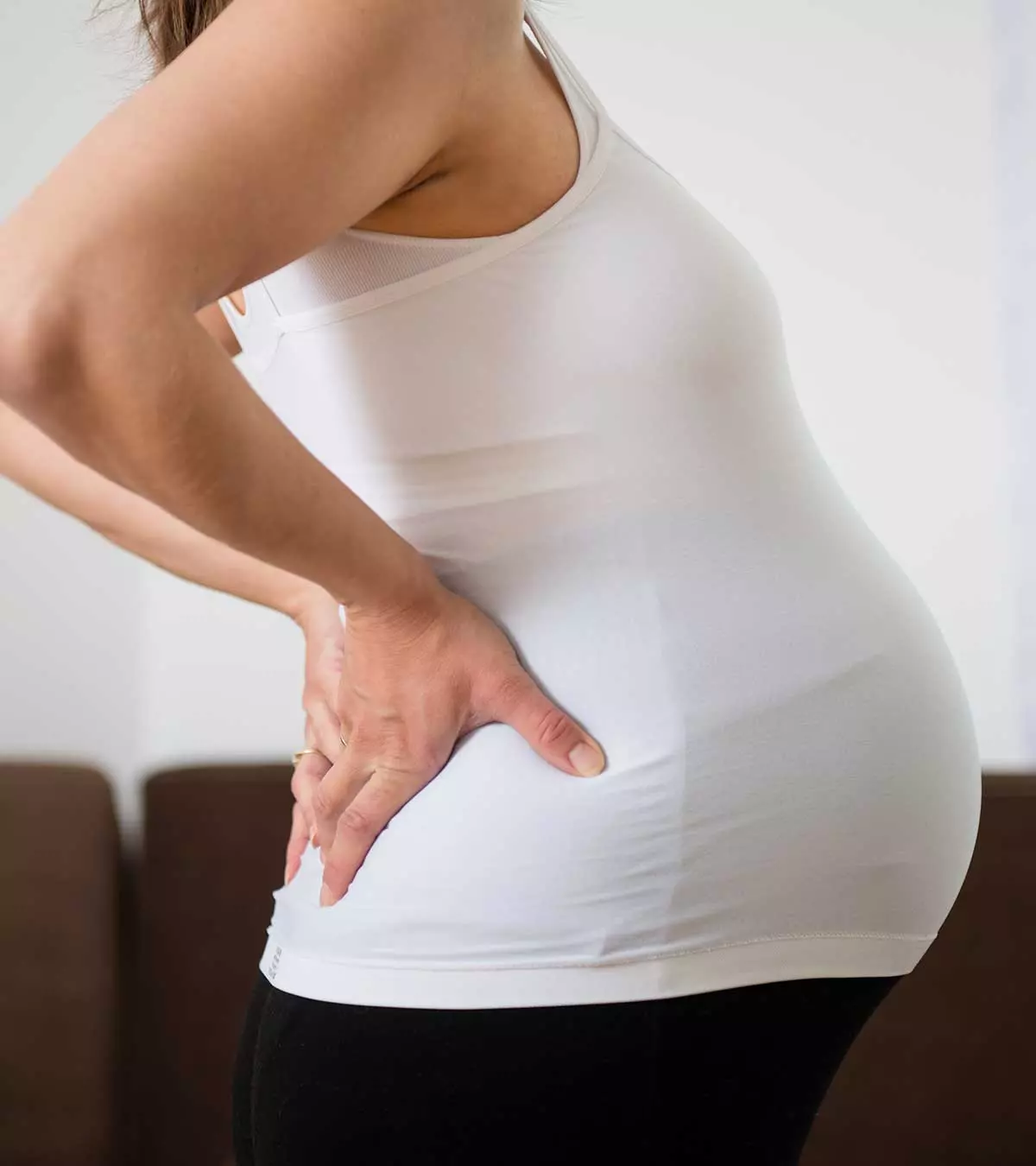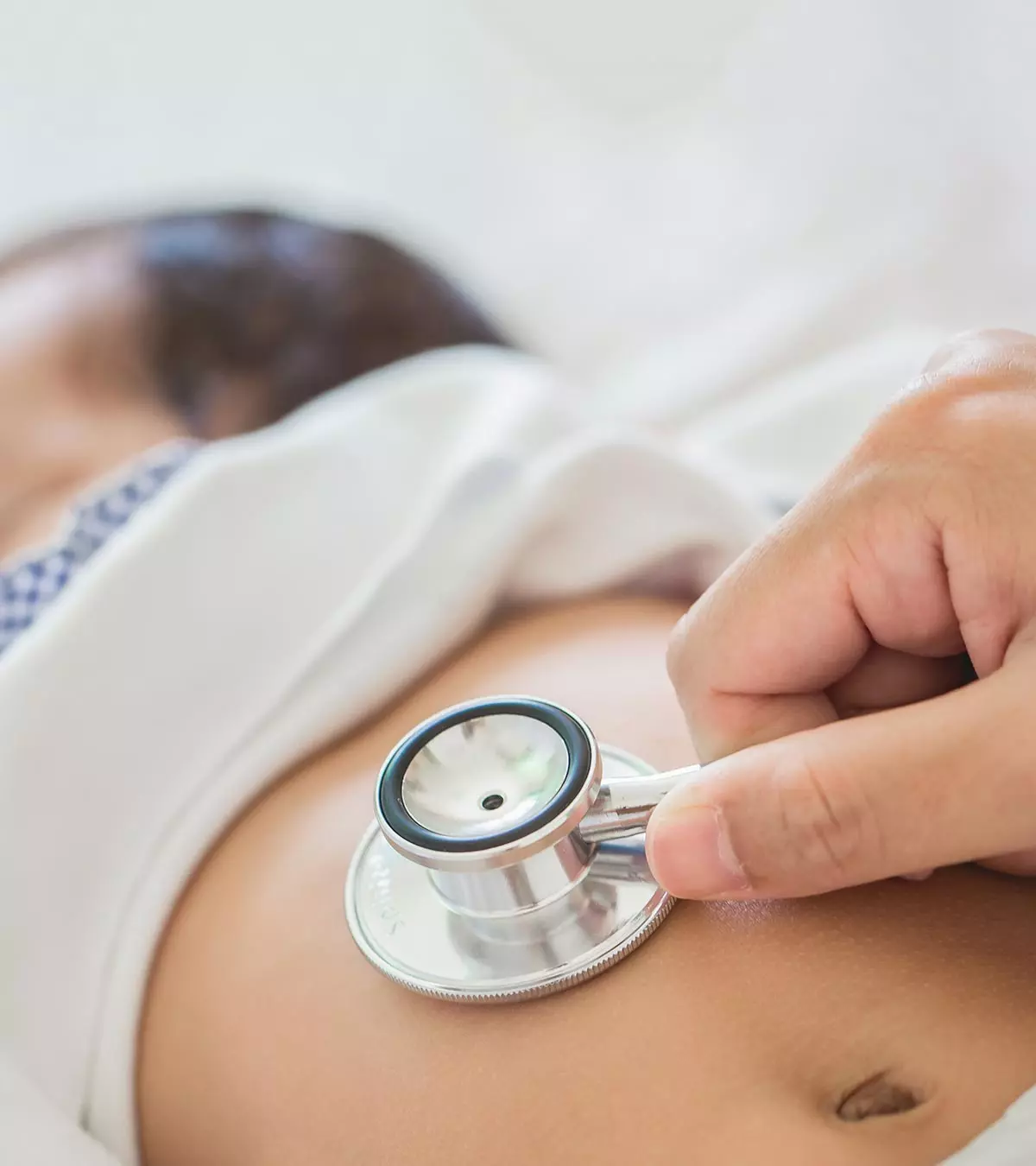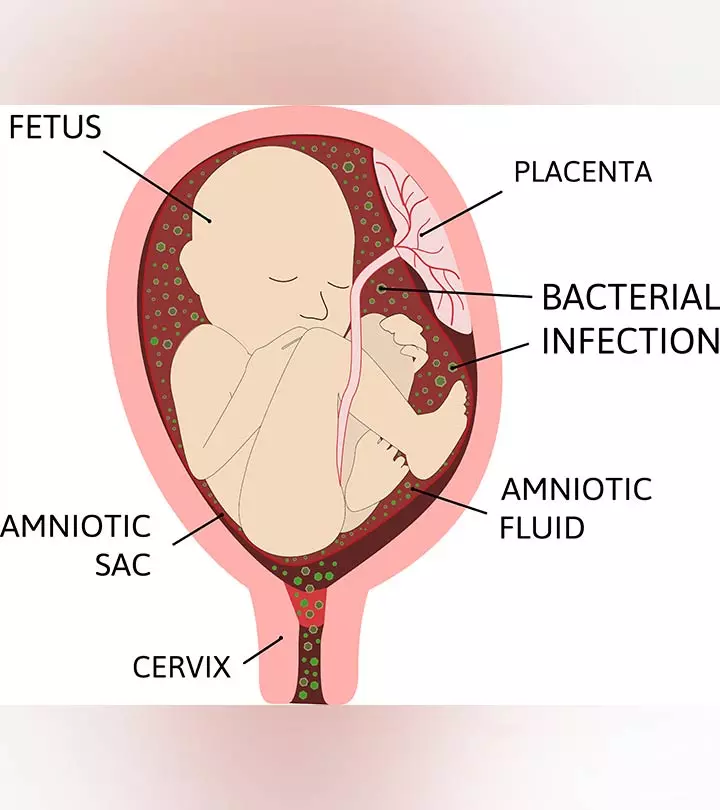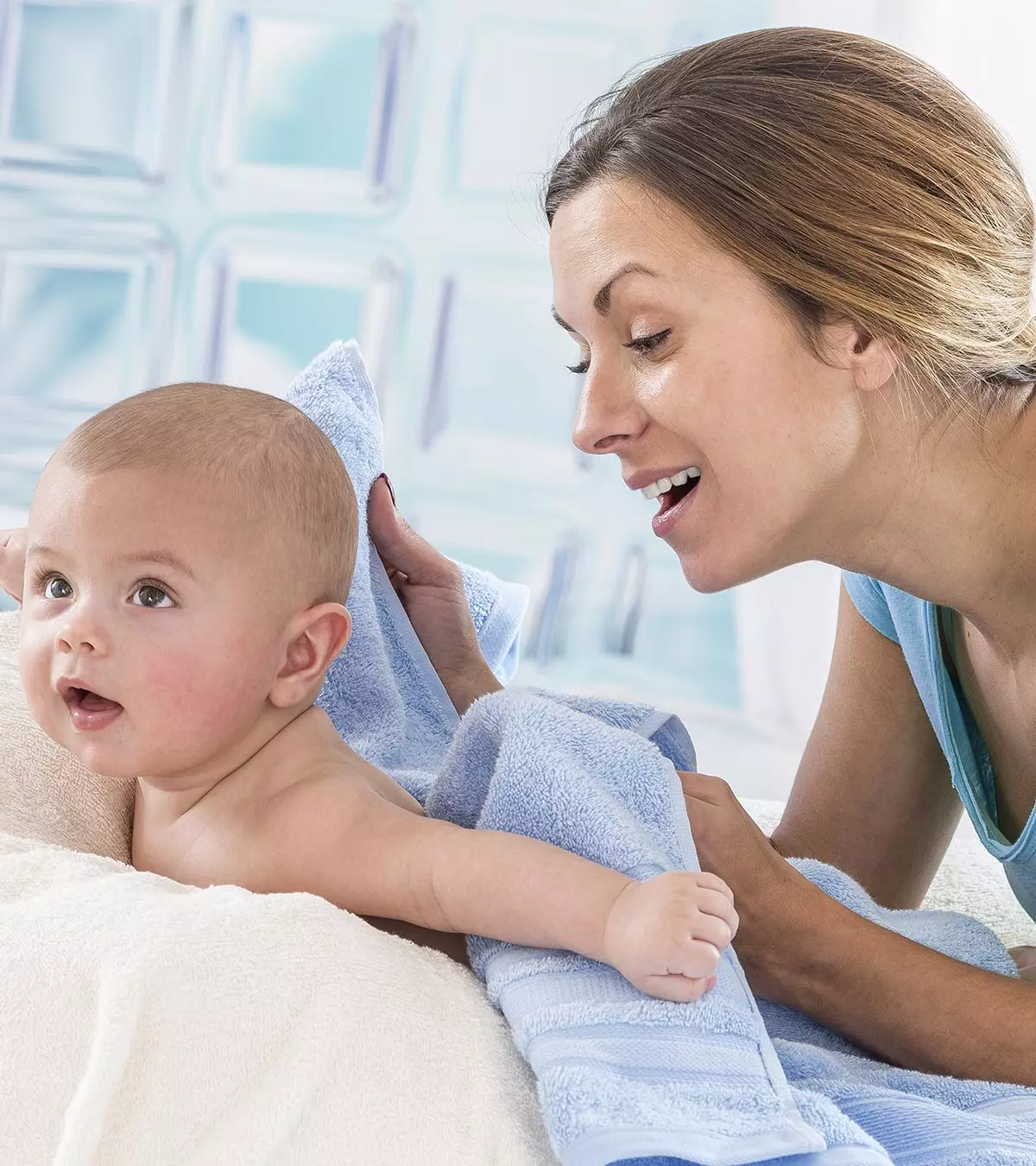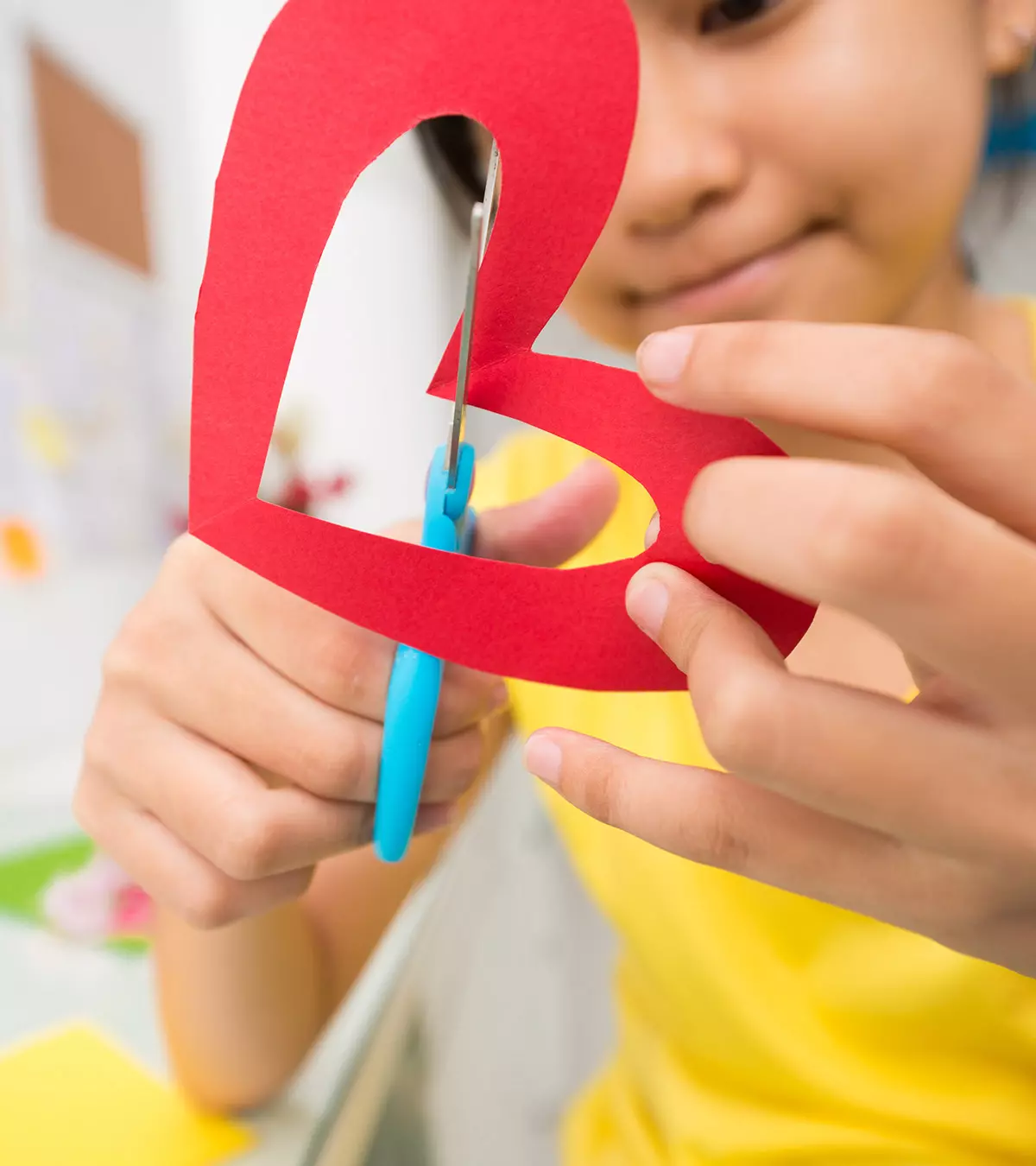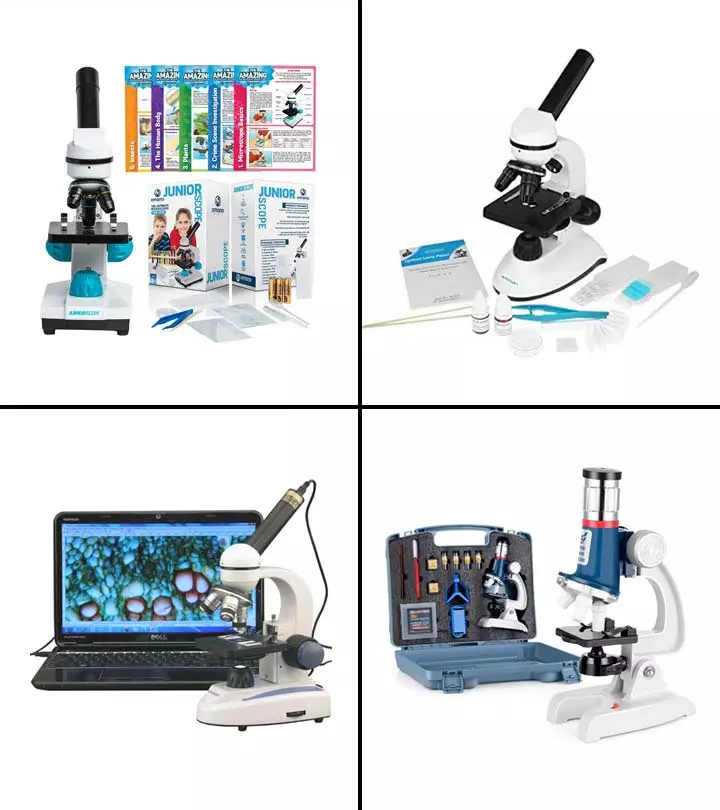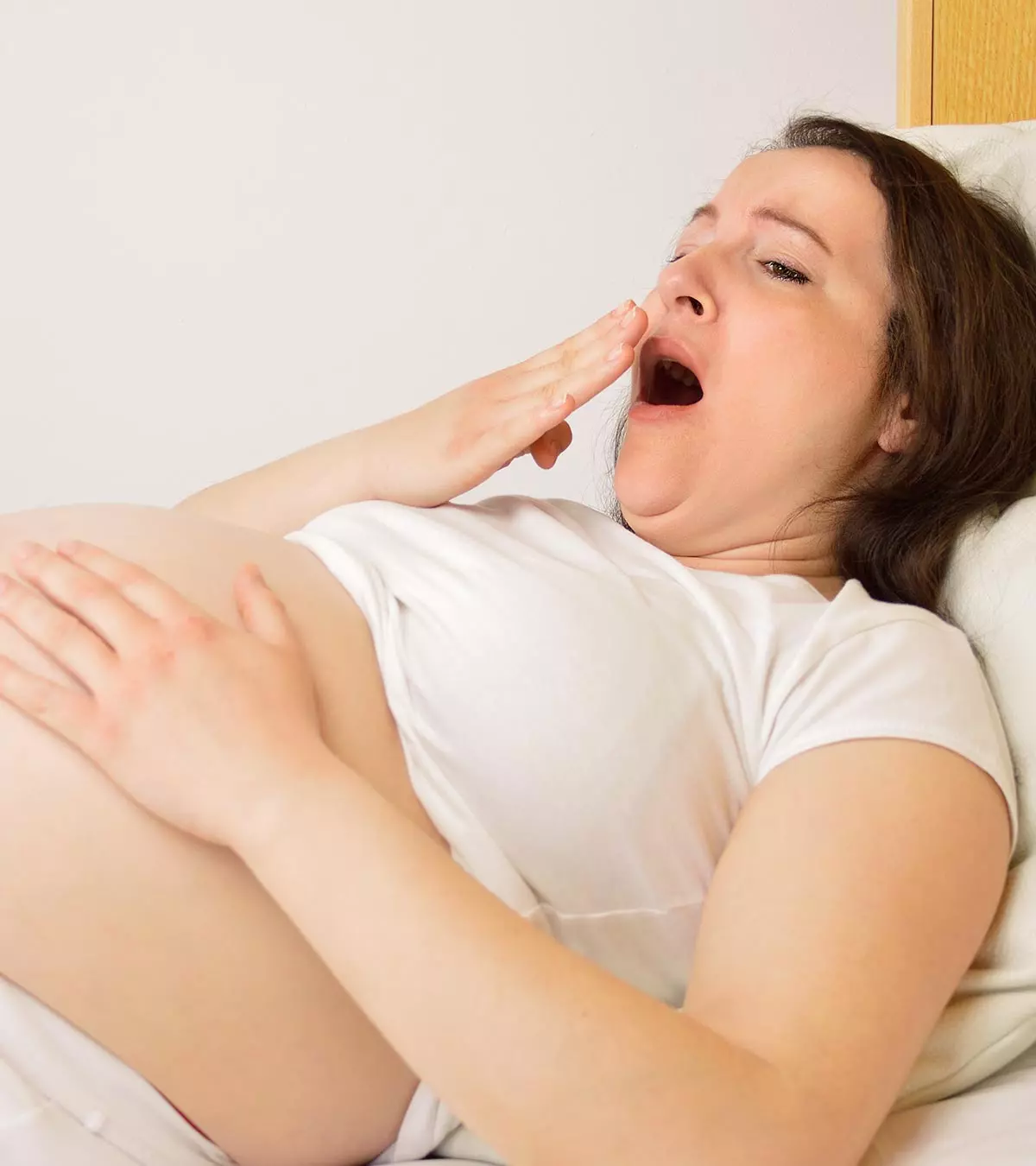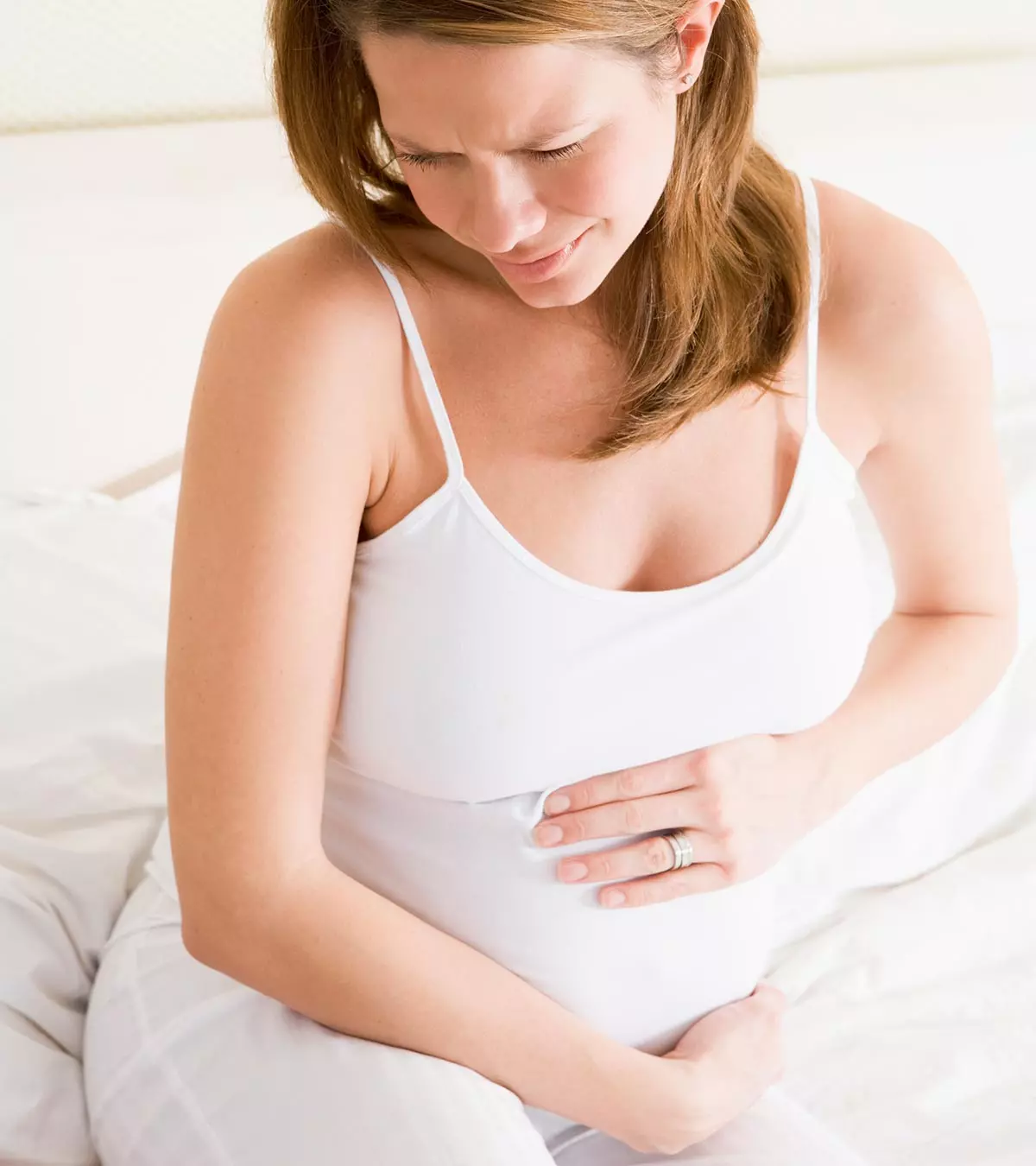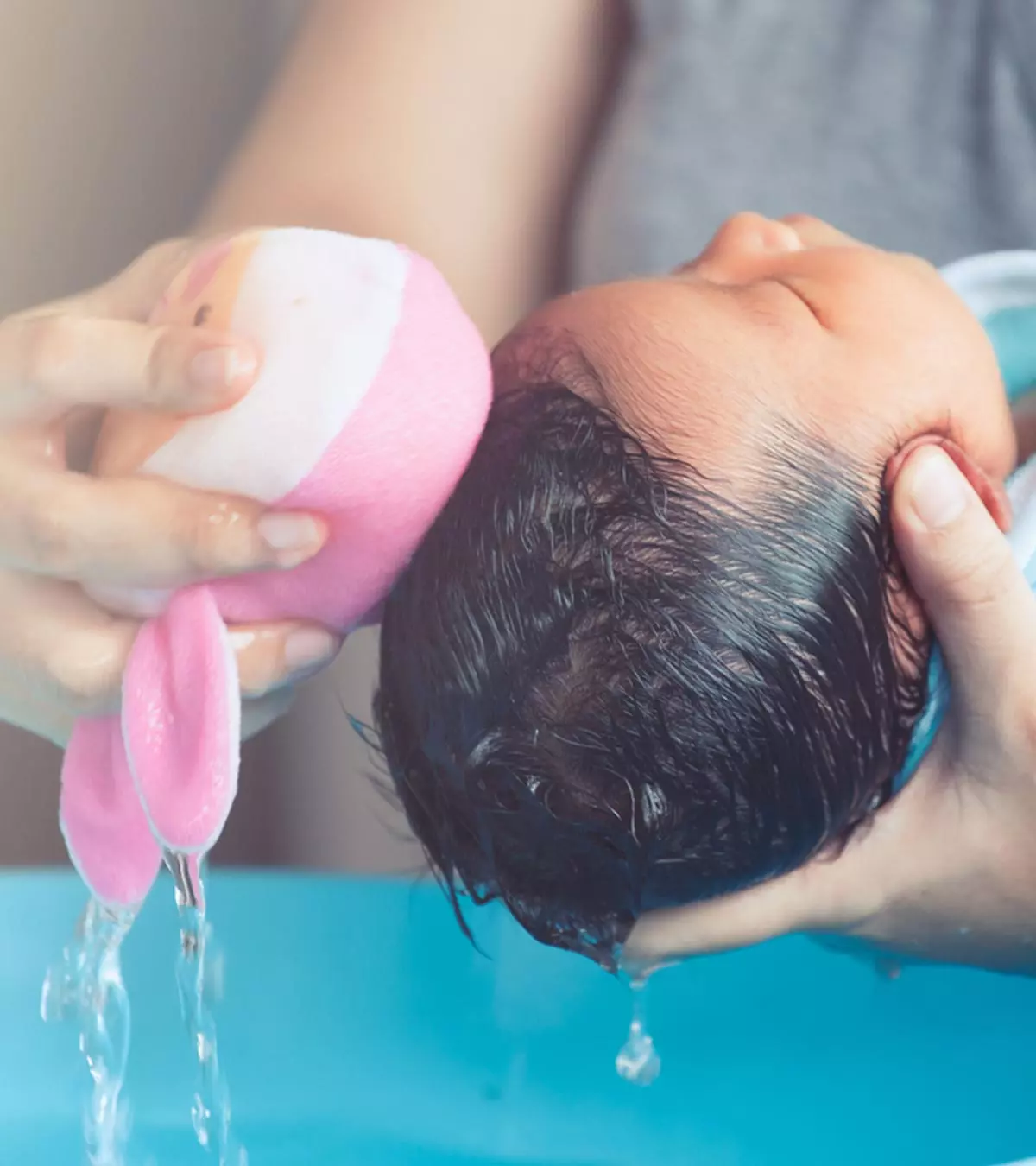

Image: iStock
If you have just welcomed your baby, you wish to provide your child with the best care and comfort. How to wash a baby’s hair is one of the most common questions parents may have about the baby’s care. You may think of the right washing techniques and appropriate haircare routine to keep the baby’s hair and scalp healthy and clean.

This post answers some common questions about washing a baby’s hair. Additionally, you may note some important dos and don’ts to help you give a comfortable hair wash to your little one.
When Can You Wash Your Baby’s Hair For The First Time?
Before rushing to wash your newborn’s hair, you should first understand that babies are not dirty. They are covered in a protective layer called vernix, which moisturizes them and keeps them warm. One should not hurry to wash off the baby; hence, the first bath can be delayed for a couple of days. A good towel rub is sufficient initially.
Most new parents are apprehensive about washing their newborn’s hair for the first time. Although the apprehension is justified, with the right guidance and method, you can give your baby a hair wash without any issues.
How Often Should You Wash Your Newborn’s Hair?
It’s tempting to wash your baby’s hair frequently, as you worry about their hygiene and care. However, it is not advisable to wash it daily.
It is recommended you give your baby a hair wash around two times a week. Even if their hair growth isn’t much, it is still important to clean the scalp thoroughly and gently, to wash away dirt and any excess oil.
At times you may feel the baby’s hair looks a bit dirty or oily, despite two washes in a week. In such cases, you can take a washcloth and water to wipe the scalp and hair thoroughly. Dip the cloth in the water and squeeze the excess water out. Wipe gently over the surface of the head, and repeat the process a couple more times. This should work well enough until the baby’s next hair wash.
However, if your baby has a cradle cap, you may need to wash their hair regularly. Learn how to manage cradle caps in babies in this post.
Why Should You Wash A Baby’s Hair?
Apart from cleaning off the excess oils that the scalp secretes, washing your baby’s hair offers several other benefits.
- Helps treat cradle cap
- Could prevent ringworm
- Could prevent dandruff
- Improves hair and scalp health
- Supports hair growth
How To Wash A Baby’s Hair?
Now that you know how often and why you should wash a baby’s hair, let’s have a look at the step-by-step process on how to wash it.
You will need:
- Bathtub, basin, or sink
- Washcloth
- Towel
- A PH-balanced, baby-safe shampoo with natural ingredients
- Oil or moisturizer, if indicated by the doctor
Steps to wash a baby’s hair:
- First, fill the tub or basin with 3–4 inches of warm water. Check the baby bath temperature using a thermometer. Ensure it does not exceed 38°C or 100°F. In case you do not have a thermometer handy, you could use your wrist or your elbow to check. The water should be warm, not hot.
- You can start the bathing process. Start with the body first and the hair last. This is because wet hair can make the baby cold during the bath.
- To wash the hair, wet the hair a bit first. For this, take some water in your palm and rub it around the baby’s scalp. Next, take some shampoo and massage the scalp.
- Make sure you do not rub too hard or fast. You should gently rub the shampoo and ensure it does not trickle down the baby’s face and into the eyes.
- Once done, take some water in your palm again and rub the scalp from the front of the head to the back. This will help prevent the shampoo from trickling down towards the face.
After the bathing is complete, take the baby out of the tub and pat the baby dry using a soft towel. Gently rub the head with the towel.
And that is how you can easily give your baby their first hair wash!
Is It Necessary To Dry The Baby’s Hair After Washing?
It depends on the conditions outside and the parents’ personal preference. If you like the hair to dry naturally, do not dry it. However, if the weather is cold outside, it is recommended you dry the hair well after washing so that the baby does not catch a cold and fall ill.
Some parents also like to blow dry their baby’s hair. If you plan to do this, you need to be careful and ensure that:
- The blow dryer speed is not too high.
- You don’t hold the blow dryer too close to the baby.
- You don’t use the blow dryer too frequently as it may damage the hair in the long run.
- You use a hairbrush to dry the hair faster and avoid tangling of the hair.
- You do not use the blow dryer on the baby’s face as this could lead to skin burns and irritation.
How Do You Care For Sparse and Thick Hair?
Here are a few tips to help you care for your baby’s hair better.
For sparse hair
- Do not let the limited growth of your baby’s hair in the initial six months bog you down. Hair growth, in most cases, improves as the baby grows.
- As the baby has less hair, you can limit the shampoo washes to once a week. However, continue to wash the scalp.
- Do not wash the baby’s hair frequently. The oils secreted by the scalp are required for the healthy growth of the baby’s hair, and frequent washing could strip off the essential oils.
To learn more about some useful tips for baby hair growth, you may go through this article.
For thick hair
- For thick hair that is excessively curly or that gets tangled easily, you can use a mild hair conditioner.
- If you do not want to use shampoo, you can wet the hair with water and use a conditioner.
- While using a conditioner, try to cover every part of the hair before washing it off.
Which Shampoo Should You Use To Wash Your Baby’s Hair?
While choosing the shampoo to use for your baby’s hair, you should ensure:
- The shampoo has moisturizing properties.
- The shampoo’s pH levels are within the range of 4.5-6.
- To never use a shampoo made for adults on babies.
- To do thorough research and get the best baby shampoos for their delicate hair.
What Are Some Tips To Make The Washing Process Easy?
Here are a few tips that could help you in ensuring that the hair wash process is comfortable for you and the baby:
- Use a shampoo that doesn’t irritate the eyes.
- Give a sponge bath while cleaning the hair.
- Close the baby’s eyes with one hand while rinsing off the shampoo.
- Support the baby well at all times.
- Gently massage the head during hair wash. This helps improve blood circulation and calms the baby.
- Make sure the temperature of the water is ideal for the baby. Always do a wrist or elbow test before using the water.
- Ensure the tub is not too deep.
- Wash the body first and then the hair.
Frequently Asked Questions
1. Can I wash a newborn’s hair with soap?
Yes, you may use a mild, unscented, and alcohol-free soap to wash your baby’s hair (1).
2. What happens if I don’t wash my baby’s hair?
If you don’t wash your baby’s hair for long periods or at least twice a week, it may increase the risk of cradle cap by allowing the formation of a dry or scaly and oily scalp (1).
Washing your baby’s hair may seem like a simple task, but it requires caution. If you’re wondering how to wash babies’ hair properly, follow this step-by-step guide. It includes everything from determining the proper bath temperature to drying your baby’s hair the right way. Also, remember that a newborn’s first bath can be delayed by a few days and you should wash your baby’s hair only twice a week, not daily. Further, when washing and drying your baby’s hair, be cautious about the shampoo and towel you choose.
Key Pointers
- Washing a baby’s hair occasionally prevents scalp build-up ringworm infections and boosts hair growth.
- To wash a baby’s hair, you’ll need a tub with warm water, a towel, baby-friendly shampoo, and a washcloth.
- Use a shampoo that doesn’t irritate your baby’s eye.
- Dry their hair as per requirement and care for the hair based on the thickness.
References
Community Experiences
Join the conversation and become a part of our nurturing community! Share your stories, experiences, and insights to connect with fellow parents.
Read full bio of Pranjul Tandon
Read full bio of Rohit Garoo





